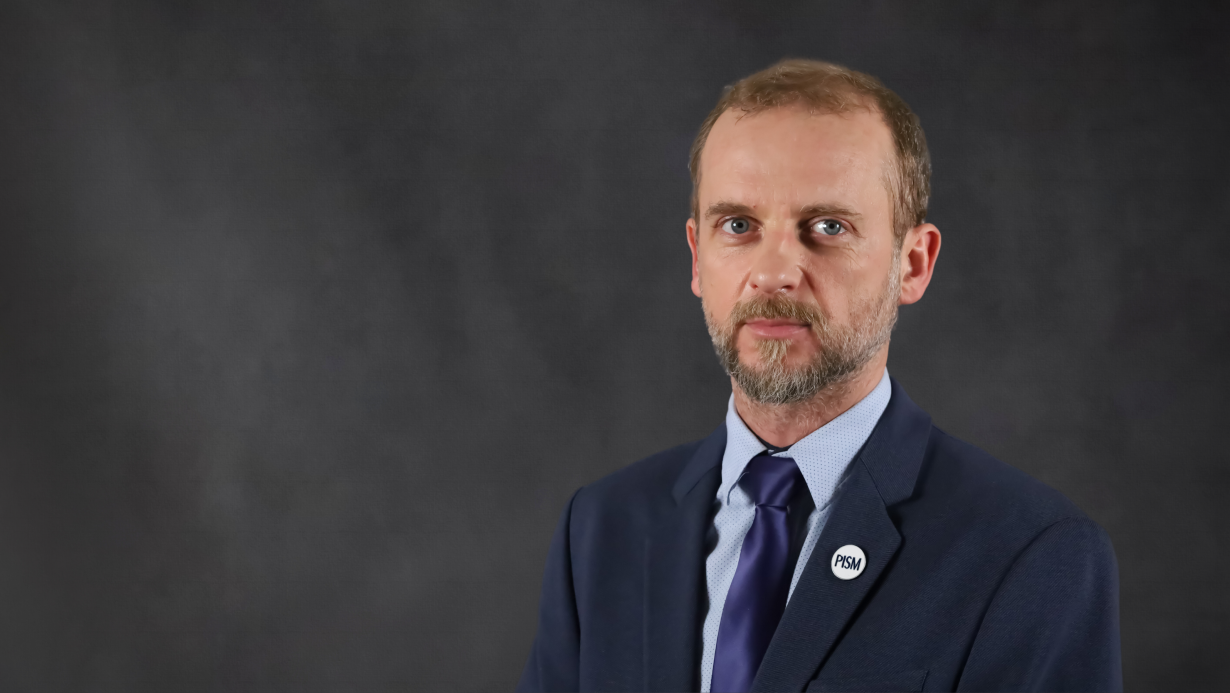PISM Spotlight: U.S.-India Partnership Strengthened after Trump-Modi Meeting

What were the goals and expectations?
The Indian side had scaled down its expectations ahead of the meeting. India’s hopes for U.S. normalisation of ties with Russia and more distanced relations with China and Pakistan had not materialised. Other concerns had built up in Delhi in months prior to the visit about Trump’s plans to tighten the U.S. visa regime for professionals (H1-B), enact a more protectionist trade policy, and withdrawal from the Paris climate agreement. As a result, the visit’s main purpose became to establish a personal rapport with Trump. Modi was able to achieve this, visible in the good interactions between the leaders. Modi had almost five hours to convince Trump why India matters to the U.S. and how the economic goals and strategic perspectives of both countries converge. Topping the talks were the fight against terrorism and economic and energy cooperation.
What are the main results of the meeting?
In a joint statement, the U.S. confirmed its two-decades-long policy of re-engagement with India and its support for it in international forums (for instance, in India’s bid to join the UN Security Council or in non-proliferation regimes). India’s success was to get the U.S. to join it in calling on “Pakistan to ensure that its territory is not used to launch terrorist attacks on other countries”—the harshest tone ever taken in a joint statement on India’s neighbour. This may indicate a possible change in U.S. policy towards Afghanistan and South Asia in which India, not Pakistan, will play a major role. A vow to intensify cooperation on defence and energy projects could lead soon to more contracts for supplies of U.S. arms (drones, multirole aircraft), LNG, and nuclear reactors.
What is the perspective for improved U.S.-India ties?
After Trump’s attempt to engage with China, it appears India is coming back to a position of a major U.S. partner in Asia and a key player in counterbalancing the rise of China. India and the U.S. are expected to strengthen their counterterrorism cooperation and intensify efforts towards stability and peace in South Asia and the Indian Ocean. As its links with Russia loosen and differences with China grow, India may be more open to an alliance with the U.S. Therefore, it likely seeks to mute contentious issues (H1-B visas, trade, climate) and maximize the benefits from cooperation with the U.S. for its own economic growth and security. Trump may try to present the progress in relations with India as a foreign policy success at a time when his relations with Western European allies are strained and policy towards Russia and China remains unclear.

